
Find Help
More Items From Ergsy search
-

How is lupus diagnosed in children?
Relevance: 100%
-
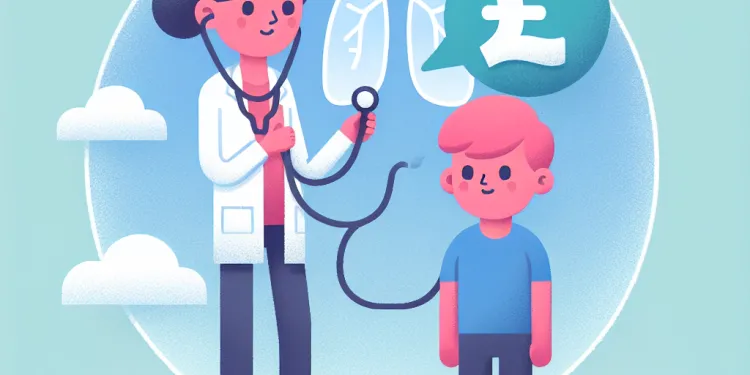
What is lupus in children?
Relevance: 85%
-
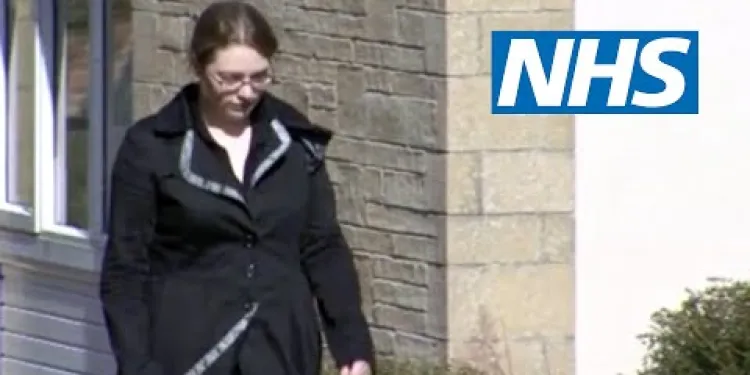
Lupus in children | NHS
Relevance: 84%
-

What causes lupus in children?
Relevance: 80%
-

What are the common symptoms of lupus in children?
Relevance: 77%
-

How is ADHD diagnosed?
Relevance: 31%
-

Can children develop Crohn's disease?
Relevance: 29%
-

Can children outgrow asthma?
Relevance: 28%
-

How is psoriasis diagnosed?
Relevance: 28%
-

How is Rubella diagnosed?
Relevance: 28%
-

How is whiplash diagnosed?
Relevance: 28%
-

How is asthma diagnosed?
Relevance: 28%
-

Can children develop chronic fatigue syndrome?
Relevance: 28%
-
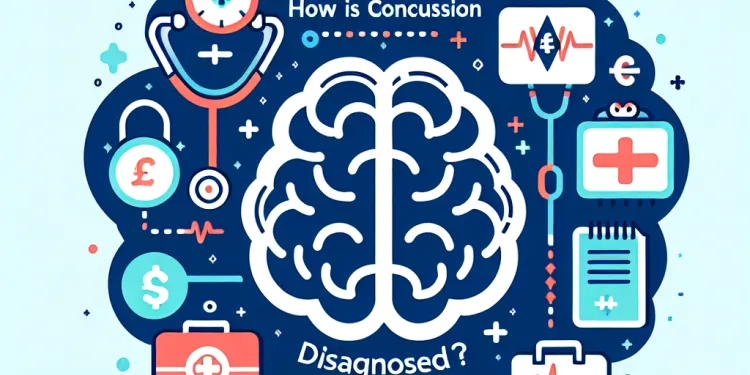
How is a concussion diagnosed?
Relevance: 27%
-

How is autism diagnosed?
Relevance: 27%
-

How is a concussion diagnosed?
Relevance: 27%
-

How is Super Flu diagnosed?
Relevance: 27%
-
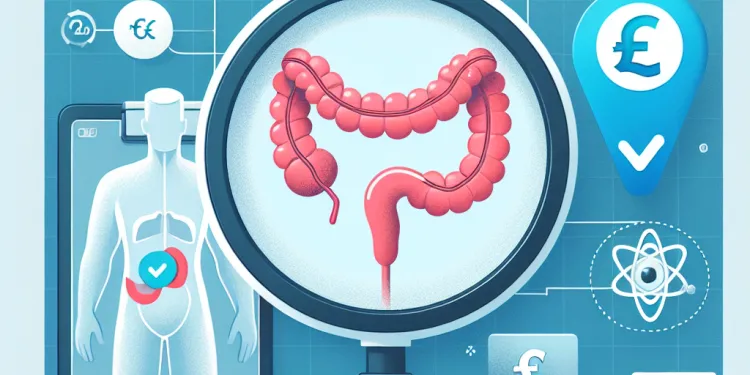
How is appendicitis diagnosed?
Relevance: 27%
-

How is gonorrhoea diagnosed?
Relevance: 26%
-

How is shingles diagnosed?
Relevance: 26%
-
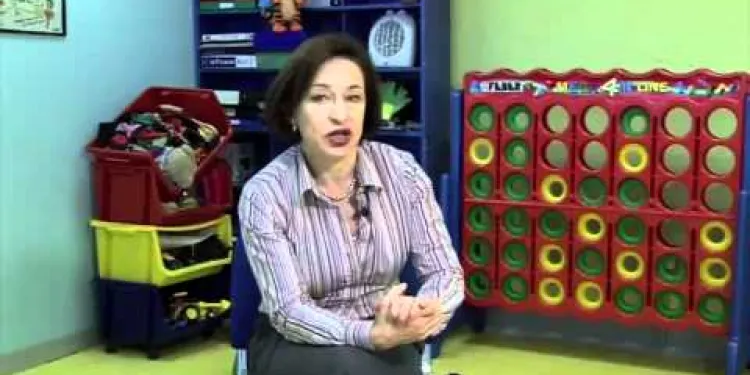
Children With Co-ordination Difficulties and Dyspraxia
Relevance: 26%
-
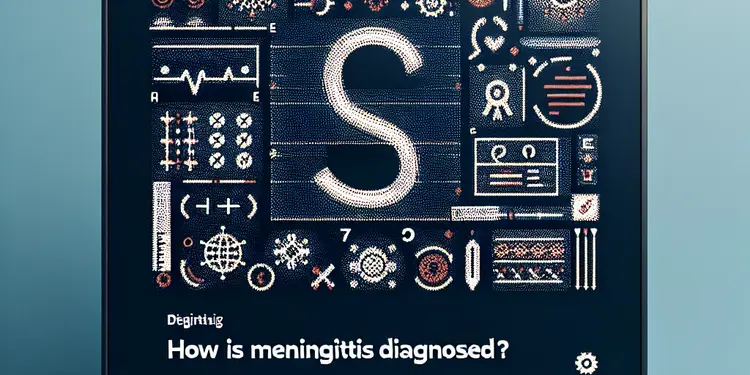
How is meningitis diagnosed?
Relevance: 26%
-

How is sleep apnea diagnosed?
Relevance: 26%
-

How is Huntington's disease diagnosed?
Relevance: 26%
-
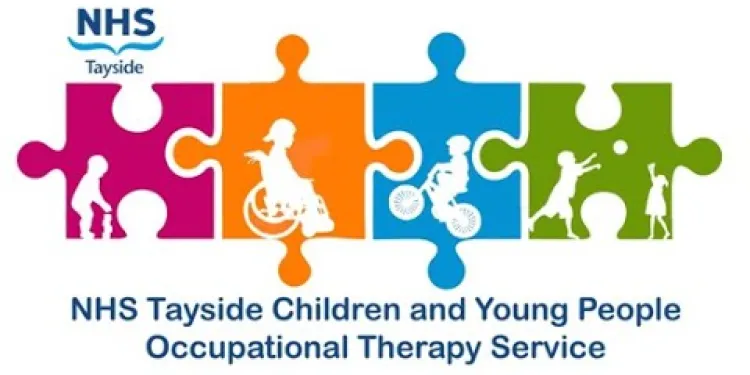
Developmental Coordination Disorder (DCD) for Children and Young People
Relevance: 26%
-

How is thrombosis diagnosed?
Relevance: 26%
-

How is dementia diagnosed?
Relevance: 26%
-

Dyspraxia Children: How to Help
Relevance: 26%
-

How can eczema be diagnosed?
Relevance: 26%
-

How is a nut allergy diagnosed?
Relevance: 25%
-
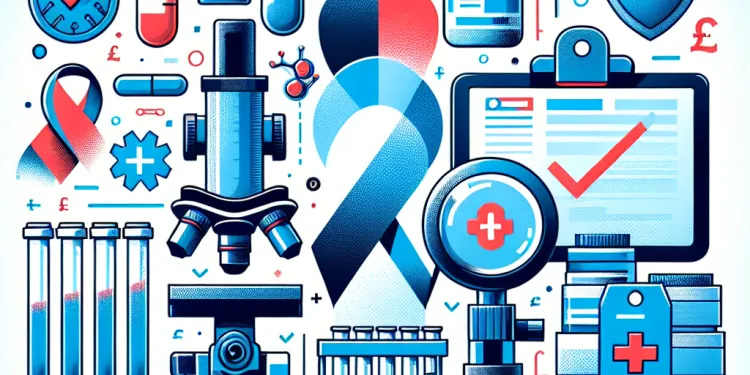
How is HIV diagnosed?
Relevance: 25%
-
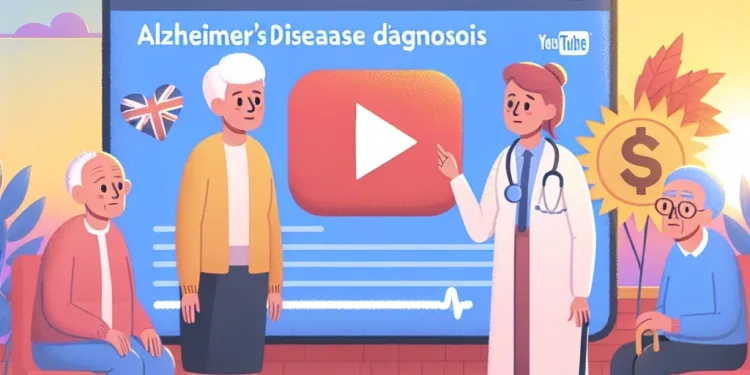
How is Alzheimer's disease diagnosed?
Relevance: 25%
-

Who are SEND children?
Relevance: 25%
-

What are SEND children?
Relevance: 25%
-

Is Baxdrostat suitable for children?
Relevance: 25%
-

How is tooth decay diagnosed?
Relevance: 25%
-
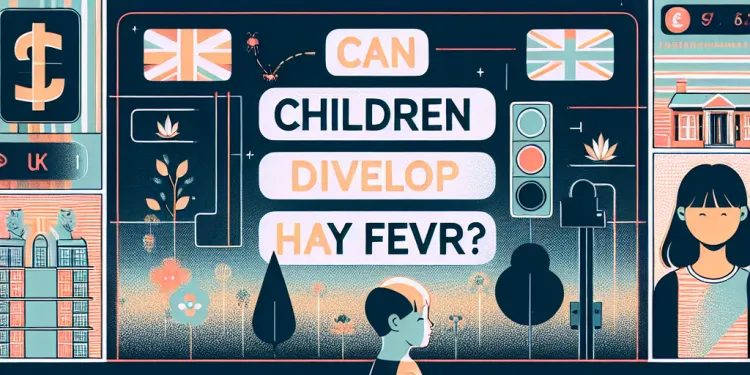
Can children develop hay fever?
Relevance: 25%
-

Can children have sleep apnea?
Relevance: 25%
-

How is postnatal depression diagnosed?
Relevance: 24%
-

How is high blood pressure diagnosed?
Relevance: 24%
How is Lupus Diagnosed in Children?
Understanding Lupus in Children
Lupus, scientifically known as Systemic Lupus Erythematosus (SLE), is a chronic autoimmune disease where the immune system attacks healthy tissues. It can affect various body systems, including the skin, joints, kidneys, and brain. Diagnosing lupus in children can be particularly complex due to overlapping symptoms with other conditions and the variability of its presentation.Initial Medical Evaluation
When lupus is suspected in a child, the diagnostic process typically begins with a comprehensive medical evaluation. Pediatricians will collect a detailed health history, documenting any symptoms such as joint pain, skin rashes, or fatigue. Understanding the child's family medical history is crucial since a genetic predisposition to autoimmune conditions may be present.Diagnostic Laboratory Tests
Several laboratory tests are essential in diagnosing lupus. The Antinuclear Antibody (ANA) test is one of the primary tests utilized. A positive ANA test indicates the presence of antibodies that attack the body's cells. Though a positive result does not confirm lupus, it suggests an autoimmune process. Further specific tests, such as anti-dsDNA and anti-Smith antibody tests, are conducted to strengthen the diagnosis. Blood tests measuring complete blood cell count and kidney function are also necessary to assess the disease's impact.Clinical Criteria and Specialist Consultation
Diagnosing lupus involves fulfilling clinical criteria set by health organizations. Children's symptoms are measured against these criteria for an accurate diagnosis. Pediatric rheumatologists, specialists in autoimmune diseases, often lead in confirming lupus. They work collaboratively with other specialists, ensuring a comprehensive approach to the child's health.Observational Approach and Symptom Monitoring
Diagnosis can be prolonged due to the fluctuating nature of lupus symptoms. Regular observation and documentation of symptoms by both healthcare providers and families are vital. Keeping a symptom diary can help identify patterns and support the diagnostic process.Conclusion
Diagnosing lupus in children requires a meticulous combination of medical history evaluation, laboratory testing, specialist consultations, and long-term observation. Advances in medical research continue to improve diagnostic techniques, aiding earlier and more accurate detection, ultimately leading to better management of lupus in children.How Do Doctors Find Out If a Child Has Lupus?
What Is Lupus in Children?
Lupus is a disease where the body's defense system attacks healthy body parts. It can affect the skin, joints, kidneys, and brain. It has a long, scientific name: Systemic Lupus Erythematosus (SLE). It can be hard to figure out if a child has lupus because its symptoms are like other illnesses and can be different in each person.First Health Check
If a doctor thinks a child might have lupus, they will start with a health check. They will look at the child's health history. This means looking at past symptoms like joint pain, skin rashes, or feeling very tired. It is important to know if other family members have similar health problems.Lab Tests
Doctors use lab tests to help decide if a child has lupus. One important test is the ANA test. It looks for special antibodies. These antibodies can attack the body's cells. If the test is positive, it means there might be an autoimmune problem, like lupus. More tests may be done to be sure, like anti-dsDNA and anti-Smith tests. Other tests check blood and kidneys to see how lupus affects the body.Special Doctors and Rules
To say for sure that a child has lupus, doctors use special rules. They compare the child's symptoms with these rules. Special doctors called pediatric rheumatologists often check for lupus. These doctors know a lot about diseases like lupus. They work with other doctors to make sure the child gets the best care.Watching Symptoms
Since lupus symptoms come and go, doctors watch them over time. Families and doctors keep notes about the symptoms. Writing in a diary can help see how symptoms change and help doctors make a decision.Summary
Figuring out if a child has lupus takes time and careful work. It involves checking health history, doing lab tests, visiting special doctors, and watching how symptoms change. As science improves, doctors hope to find lupus earlier so they can help children feel better faster.Tools and Tips
1. Use a diary to track symptoms. 2. See a specialist if you have doubts. 3. Stay informed about health updates from trusted sources.Frequently Asked Questions
What is lupus in children?
Lupus is an autoimmune disease that can cause inflammation and pain in various parts of a child's body. It's less common in children but requires medical attention.
What are the common symptoms of lupus in children?
Common symptoms include fatigue, joint pain, skin rashes, fever, and kidney issues. Symptoms can vary widely among children.
How is lupus diagnosed in children?
Diagnosing lupus in children involves a combination of medical history evaluation, physical examination, blood tests, urine tests, and sometimes a biopsy.
Which blood tests are used to diagnose lupus in children?
Blood tests may include ANA (antinuclear antibody) test, anti-dsDNA test, anti-Smith antibodies, and complete blood count (CBC) to assess various functions of the immune system.
Why is an ANA test important in diagnosing lupus in children?
The ANA test helps detect the presence of antibodies that are often found in people with lupus, although a positive result alone doesn't confirm the disease.
Can lupus be diagnosed with a single test?
No, lupus cannot be diagnosed with a single test. A combination of tests and clinical evaluation is required to confirm the diagnosis.
How long does it take to diagnose lupus in children?
The diagnosis can take time as symptoms may develop gradually, and multiple tests are needed to rule out other conditions.
Is a dermatologist involved in diagnosing lupus in children?
Yes, a dermatologist may be consulted to evaluate skin rashes and lesions that suggest lupus.
Do all children with lupus have the same symptoms?
No, lupus symptoms can vary greatly from one child to another, making diagnosis challenging.
Are imaging tests used in the diagnosis of lupus in children?
Sometimes imaging tests like X-rays or ultrasounds are used to assess organ involvement, such as with the lungs or heart.
What role does a rheumatologist play in diagnosing lupus in children?
A paediatric rheumatologist specialises in autoimmune conditions and plays a crucial role in the diagnosis and management of lupus.
How do doctors differentiate lupus from other conditions with similar symptoms?
Doctors perform a thorough evaluation, including detailed medical history, comprehensive tests, and possibly a biopsy, to differentiate lupus from other conditions.
Why might a biopsy be needed in diagnosing lupus in children?
A biopsy, such as a skin or kidney biopsy, might be needed to directly assess tissue for signs of inflammation and immune activity characteristic of lupus.
Are urine tests part of the lupus diagnosis process in children?
Yes, urine tests can check for kidney involvement by looking for protein and blood in the urine, which are indicative of lupus nephritis.
Can lifestyle impact the symptoms of lupus in children?
Yes, lifestyle factors such as diet, stress management, and regular exercise can help manage symptoms, although they don't replace medical treatment.
What is lupus in children?
Lupus is an illness. It affects the immune system. The immune system keeps us healthy by fighting germs. But with lupus, the immune system fights the body's own cells by mistake.
Children with lupus might feel very tired. They might have swollen joints or a rash. They can also feel sick in other ways.
If you think a child has lupus, talk to a doctor. Doctors can help with medicine and advice.
Some helpful things might be:
- Seeing a doctor regularly
- Getting plenty of rest
- Relaxing and not stressing too much
- Talking to someone who understands
Lupus is an illness where the body gets confused and attacks itself. This can make different parts of a child's body hurt and become swollen. It doesn't happen to many children, but it's important to see a doctor if it does.
What signs show lupus in children?
Lupus is a sickness. It can happen to kids. Here are some signs kids might have:
- Tiredness: Feeling very tired all the time.
- Sore joints: Pain in places like knees or fingers.
- Skin rash: Red spots or marks on the skin.
- Fever: Feeling hot with a high temperature.
If you see these signs, talk to a doctor. They can help you understand and feel better.
Helpful tools: Use pictures or a chart to show what you feel. This can help you explain to others.
Common signs are feeling very tired, pain in the joints, skin rashes, fever, and problems with the kidneys. Symptoms can be different for each child.
If you find it hard to understand this information, you can:
- Ask an adult to explain it to you.
- Use a dictionary to look up difficult words.
- Use audiobooks to listen instead of reading.
How do doctors find out if a child has lupus?
Doctors check for lupus in kids by doing different things. First, they will ask about the child's health history and how they feel. They will also look at the child's body to see if there are any signs of lupus. The doctors will do some tests. These tests can be on the blood or pee (urine). Sometimes, doctors need to take a tiny piece of skin or tissue to look at it more closely. This is called a biopsy.
If you find this hard to read, you can try using tools like text-to-speech. These tools read the text out loud to you. Or, you can ask someone to read it with you and explain any tricky parts.
What blood tests help doctors find out if a child has lupus?
Blood tests can help doctors learn about your body's defense system. These tests have long names:
- ANA test
- Anti-dsDNA test
- Anti-Smith antibodies test
- Complete blood count (CBC)
These tests show how well your body fights germs and keeps you healthy.
If reading is hard, try using audiobooks to listen to information instead of reading it. You can also use text-to-speech tools that read text out loud for you.
Why is an ANA test important for finding lupus in children?
An ANA test helps doctors check for lupus. Lupus is an illness that makes the body attack itself. The test looks for special signs in the blood. Finding lupus early helps doctors give the right care.
The ANA test looks for special markers in your blood. These markers, called antibodies, can show up if someone has a disease like lupus. But, just because the test is positive, it doesn't mean you definitely have lupus.
Here are some things that can help if reading is hard:
- Ask someone to read aloud with you.
- Highlight or underline important words.
- Take breaks and read small parts at a time.
- Use simple notes or drawings to help understand what you're reading.
Can one test show if you have lupus?
No, doctors cannot find out if someone has lupus with just one test. They need to do different tests and look at how the person feels to be sure it's lupus.
How long does it take to find out if a child has lupus?
Finding out what's wrong can take a while. Symptoms might show up slowly, and doctors need to do many tests to check for other problems.
Can a skin doctor find out if a child has lupus?
Yes, you can see a skin doctor if you have spots or rashes that look like lupus.
Do all children with lupus feel the same way?
No, not all children with lupus feel the same way. They might have different signs of being sick. Some kids feel tired, others might get rashes, or have achy joints.
To understand lupus better, it can help to talk to a doctor. Using pictures or drawing how you feel can make it easier to share what’s happening with you.
No, lupus signs can change a lot between different children. This makes it hard for doctors to find out if a child has lupus.
Do doctors use pictures to find out if a child has lupus?
Sometimes, doctors use picture tests like X-rays or ultrasounds. These help them see if organs like the lungs or heart are okay.
What does a rheumatologist do to find out if a child has lupus?
A rheumatologist is a doctor who helps with sore joints and muscles.
If a child might have lupus, the rheumatologist can check and see if it's lupus.
They use tests and ask questions to learn more.
If you need help, you can use pictures or apps to understand better.
A doctor called a paediatric rheumatologist helps children with immune system problems. They are important for finding out if a child has a disease called lupus and for helping to take care of it.
Here are some tools and tips that might help:
- Use picture books about doctors to learn more.
- Watch videos that talk about lupus in simple words.
- Ask a grown-up to explain any big words or ideas.
How do doctors know if someone has lupus or something else?
Doctors can use special tests to find out if someone has lupus. Lupus has signs like other sicknesses, so doctors look carefully. They will ask about symptoms, do checks, and use tests. Blood tests can help tell if it's lupus. Doctors might also look at skin or kidney samples under a microscope.
It can help to bring someone with you to the doctor. They can help remember what the doctor says. Writing things down can also help. You might use a picture chart to show where it hurts, too.
Doctors look carefully to see if someone has lupus. They ask lots of questions about how the person is feeling now and in the past. They do many tests to check the person's health. Sometimes, they might take a small piece from the body to look at it more closely. This helps them make sure it is lupus and not something else.
Why do doctors do a biopsy to find out if a child has lupus?
A biopsy helps doctors see if a child has lupus. It is a test where a tiny piece of your body is taken to look at under a microscope.
This test helps doctors know for sure if a child has lupus. It shows them what is happening inside your body.
If you or someone you know wants help understanding, you can use pictures, talk to a friend, or ask a doctor to explain it.
A biopsy is a test that doctors do to check a small piece of the body. They might check skin or kidney tissue. This test helps doctors see if there is swelling or if the body's defense system is overactive. This can show if someone has lupus.
Do doctors use pee tests to find out if children have lupus?
Yes, a pee test can look for kidney problems. It checks for protein and blood in the pee. These can be signs of a problem called lupus nephritis.
Can the way we live affect lupus symptoms in kids?
Lifestyle means things we do every day, like eating, sleeping, and moving. When kids have lupus, living healthy can help them feel better.
Here are some ways to help:
- Eat healthy foods like fruits and veggies.
- Get plenty of rest and sleep on time.
- Do some gentle exercise like walking or stretching.
- Talk to a doctor when needed.
Tools like charts to track food, rest, and activity can be helpful. Ask an adult for help if you're not sure.
Yes, your daily habits like what you eat, how you handle stress, and if you exercise often can help you feel better. But remember, they don't take the place of seeing a doctor and getting treatment.
Useful Links
- Ergsy carfully checks the information in the videos we provide here.
- Videos shown by Youtube after a video has completed, have NOT been reviewed by ERGSY.
- To view, click the arrow in centre of video.
- Most of the videos you find here will have subtitles and/or closed captions available.
- You may need to turn these on, and choose your preferred language.
- Go to the video you'd like to watch.
- If closed captions (CC) are available, settings will be visible on the bottom right of the video player.
- To turn on Captions, click settings .
- To turn off Captions, click settings again.
More Items From Ergsy search
-

How is lupus diagnosed in children?
Relevance: 100%
-

What is lupus in children?
Relevance: 85%
-

Lupus in children | NHS
Relevance: 84%
-

What causes lupus in children?
Relevance: 80%
-

What are the common symptoms of lupus in children?
Relevance: 77%
-

How is ADHD diagnosed?
Relevance: 31%
-

Can children develop Crohn's disease?
Relevance: 29%
-

Can children outgrow asthma?
Relevance: 28%
-

How is psoriasis diagnosed?
Relevance: 28%
-

How is Rubella diagnosed?
Relevance: 28%
-

How is whiplash diagnosed?
Relevance: 28%
-

How is asthma diagnosed?
Relevance: 28%
-

Can children develop chronic fatigue syndrome?
Relevance: 28%
-

How is a concussion diagnosed?
Relevance: 27%
-

How is autism diagnosed?
Relevance: 27%
-

How is a concussion diagnosed?
Relevance: 27%
-

How is Super Flu diagnosed?
Relevance: 27%
-

How is appendicitis diagnosed?
Relevance: 27%
-

How is gonorrhoea diagnosed?
Relevance: 26%
-

How is shingles diagnosed?
Relevance: 26%
-

Children With Co-ordination Difficulties and Dyspraxia
Relevance: 26%
-

How is meningitis diagnosed?
Relevance: 26%
-

How is sleep apnea diagnosed?
Relevance: 26%
-

How is Huntington's disease diagnosed?
Relevance: 26%
-

Developmental Coordination Disorder (DCD) for Children and Young People
Relevance: 26%
-

How is thrombosis diagnosed?
Relevance: 26%
-

How is dementia diagnosed?
Relevance: 26%
-

Dyspraxia Children: How to Help
Relevance: 26%
-

How can eczema be diagnosed?
Relevance: 26%
-

How is a nut allergy diagnosed?
Relevance: 25%
-

How is HIV diagnosed?
Relevance: 25%
-

How is Alzheimer's disease diagnosed?
Relevance: 25%
-

Who are SEND children?
Relevance: 25%
-

What are SEND children?
Relevance: 25%
-

Is Baxdrostat suitable for children?
Relevance: 25%
-

How is tooth decay diagnosed?
Relevance: 25%
-

Can children develop hay fever?
Relevance: 25%
-

Can children have sleep apnea?
Relevance: 25%
-

How is postnatal depression diagnosed?
Relevance: 24%
-

How is high blood pressure diagnosed?
Relevance: 24%


